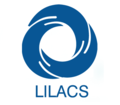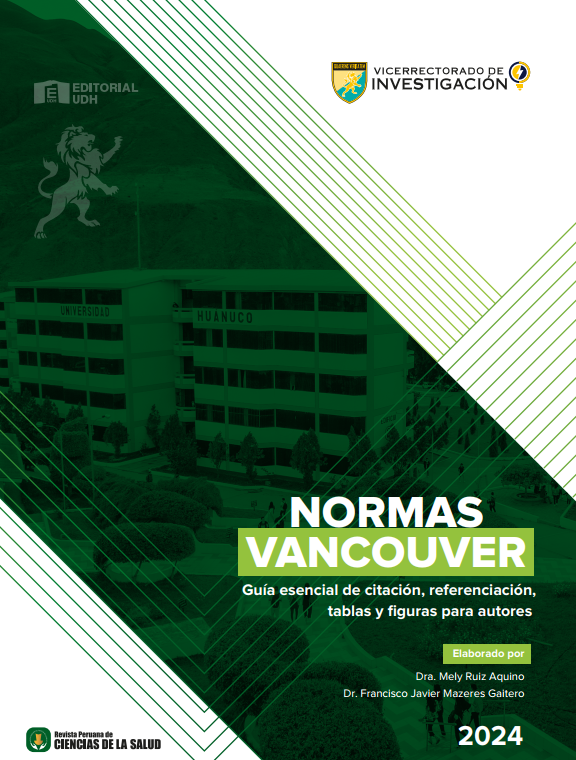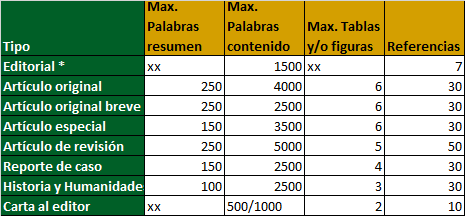Síndrome de Usher: importancia clínica
DOI:
https://doi.org/10.37711/rpcs.2023.5.1.409Palabras clave:
síndrome de Usher, retinitis pigmentosa, sordera, pérdida auditiva bilateral, cegueraResumen
Describir la importancia del síndrome de Usher y sus implicaciones clínicas en los diferentes pacientes con patología auditiva y visual, priorizando el diagnostico, abordaje y tratamiento del mismo. Se realizó una búsqueda de la literatura en las bases de datos de PubMed, SciELO, ScienceDirect, priorizando la literatura actualizada de metaanálisis, estudios observacionales, artículos de revisión y revisiones sistemáticas, en inglés o español, publicados en los últimos 5 años, en los cuales se evaluó la relación entre el síndrome de Usher y las alteraciones visuales y auditivas, con el objetivo de describir su importancia, diagnóstico y tratamiento. Diferentes estudios evidencian la relación directa entre el síndrome de Usher y la perdida visual y auditiva, asociándolo a múltiples malformaciones genéticas. El tratamiento está enfocado a la terapia de rehabilitación que le permita al individuo adaptarse al medio ambiente y reducir otras comorbilidades asociadas. El síndrome de Usher es una causa importante de disfunción visual y auditiva. Actualmente se continúan los estudios en búsqueda de un tratamiento efectivo; sin embargo, es importante realizar un diagnóstico oportuno mediante la sospecha, diagnóstico y abordaje, para permitirnos disminuir su progresión.
Descargas
Referencias
Castiglione A, Möller C. Usher Syndrome. Audiol Res. 2022 Jan 11; 12(1): 42-65. doi: 10.3390/audiolres12010005
Toms M, Pagarkar W, Moosajee M. Usher syndrome: clinical features, molecular genetics and advancing therapeutics. Ther Adv Ophthalmol. 2020 Sep 17; 12: 2515841420952194. doi: 10.1177/2515841420952194
Koenekoop RK, Arriaga MA, Trzupek KM, Lentz JJ. Usher Syndrome Type I. En: adam MP, Everman DB, Mirzaa DM, Pagon RA, Wallace SE, Bean LIH, Gripp KW, Amemiya A, editores. GeneReviews. Seattle (WA): University of Washington; 1993–2023.
Delmaghani S, El-Amraoui A. The genetic and pheno typic landscapes of Usher syndrome: from disease mechanisms to a new classifcation. Hum Genet. [Internet]. 2022 Apr [Consultado 2023 Ene 20]; 141(3-4): 709-735.doi: 10.1007/s00439-022-02448-7
Koenekoop R, Arriaga M, Trzupek KM, Lentz J. Usher Syndrome Type II. En: Adam MP, Everman DB, Mirzaa GM, Pagon RA, Wallace SE, Bean LJH, et al., editores. GeneReviews. Seattle (WA): University of Washington, Seattle; 1993–2023.
De Joya EM, Colbert BM, Tang PC, Lam BL, Yang J, Blanton SH, et al. Usher Syndrome in the Inner Ear: Etiologies and Advances in Gene Therapy. Int J Mol Sci. [Internet]. 2021 Apr 10 [Consultado 2023 Ene 24]; 22(8): 3910. doi: 10.3390/ijms22083910
Nisenbaum E, Thielhelm TP, Nourbakhsh A, Yan D, Blanton SH, Shu Y, et al. Review of Genotype-Phenotype Correlations in Usher Syndrome. Ear Hear [Internet]. 2022 Jan/Feb [Consultado: 2023 Ene 20]; 43(1): 1-8. doi: 10.1097/AUD.0000000000001066
Skilton A, Boswell E, Prince K, Francome-Wood P, Moosajee M. Superando las barreras para la participación de personas sordociegas en conversaciones sobre investigación: recomendaciones de personas con síndrome de Usher. Res. Involucrar Comprometerse [Internet]. 2018 [Consultado 2023 Ene 20]; 4: 40. doi: 10.1186/s40900-018-0124-0
Wafa TT, Faridi R, King KA, Zalewski C, Yousaf R, Schultz JM, et al. Vestibular phenotype-genotype correlation in a cohort of 90 patients with Usher syndrome. Clin Genet. [Internet]. 2021 Feb [Consultado 2023 Ene 20]; 99(2): 226-235. doi: 10.1111/cge.13868
Galbis-Martínez L, Blanco-Kelly F, García-García G, Ávila-Fernández A, Jaijo T, Fuster-García C, et al. Genotype-phenotype correlation in patients with Usher syndrome and pathogenic variants in MYO7A: implications for future clinical trials. Acta Ophthalmol. [Internet]. 2021 Dec [Consultado 2023 Ene 20]; 99(8): 922-930. doi: 10.1111/aos.14795
Sun T, Xu K, Ren Y, Xie Y, Zhang X, Tian L, et al. Comprehensive Molecular Screening in Chinese Usher Syndrome Patients. nvest Ophthalmol Vis Sci [Internet]. 2018 Mar 1 [Consultado 2023 Ene 20]; 59(3): 1229-1237. doi: 10.1167/iovs.17-23312
Mathur PD, Yang J. Usher syndrome and non-syndromicdeafness: Functions of different whirlin isoforms in the cochlea, vestibular organs, and retina. Hear Res. [Internet]. 2019 Apr [Consultado 2023 Ene 20]; 375: 14-24. doi: 10.1016/j.heares.2019.02.007
Paredes ÁC, López G, Gelvez N, Tamayo ML. Caracterización fenotípica de la retinitis pigmentaria asociada a sordera. Biomed. [Internet]. 2022 May [Consultado 2023 Ene 20]; 42(Supl.1):130-43. doi: https://doi.org/10.7705/biomedica.6129
Dyce GB, Mejías MJ, Copello NM, Hernández BR, Horrach RI. Aspectos genéticos y clínicos del síndrome de usher. Rev Cubana Oftalmol [Internet]. 2000 Dic [Consultado 2023 Ene 20]; 13(2): 79-83. Disponible en: http://scielo.sld.cu/scielo.php?script=sci_arttextid=S0864-21762000000200003&lng=es
López G, Gelvez NY, Tamayo M. Frecuencia de mutaciones en el gen de la usherina (USH2A) en 26 individuos colombianos con síndrome de Usher, tipo II. Biomédica [Internet]. 2011 Mar [Consultado 2023 Ene 20]; 31:82-90. Disponible en: http://www.scielo.org.co/scielo.php?script=sci_arttext&pid=S0120-41572011000100010&lng=en
Zaheer HA, Parameswarappa DC, Zaheer MA, Chhablani J, Patil-Chhablani P. Ocular Manifestations in Patients with Sensorineural Hearing Loss. J Ophthalmic Vis Res. [Internet]. 2022 Nov 29 [Consultado 2023 Ene 20]; 17(4): 551-573. doi: 10.18502/jovr.v17i4.12321
Stiff HA, Sloan-Heggen CM, Ko A, Pfeifer WL, Kolbe DL, Nishimura CJ, et al. Is it Usher syndrome? Collaborative diagnosis and molecular genetics of patients with visual impairment and hearing loss. Ophthalmic Genet. [Internet]. 2020 Apr [Consultado 2023 Ene 20]; 41(2): 151-158. doi: 10.1080/13816810.2020.1747088
Adadey SM, Wonkam-Tingang E, Aboagye ET, Quaye O, Awandare GA, Wonkam A. Hearing loss in Africa: current genetic profle. Hum Genet. [Internet]. 2022 Apr [Consultado 2023 Ene 20]; 141(3-4): 505-517. doi: 10.1007/s00439-021-02376-y

Publicado
Número
Sección
Licencia
Derechos de autor 2023 Marcela Fandiño Cardenas, Silvia Patricia Delgado Caballero, Gianmarco Camelo Pardo

Esta obra está bajo una licencia internacional Creative Commons Atribución 4.0.





















